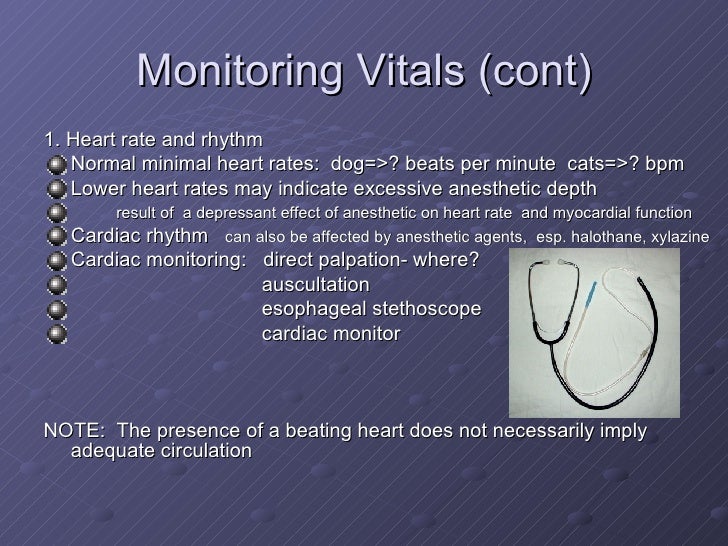Get Normal Canine Heart Rate Pictures
.The heart rate can vary according to the body's physical needs. Heart rate refers to the number of time your heart beats in a given period of time, usually in one minute.

It's normal for your heart rate to be higher when you exercise because your heart has to pump oxygenated blood to your organs faster when you're exerting a lot of energy.
What is a normal canine heart rate? The healthy resting heart rate (a.k.a. A normal resting heart rate for adults ranges from 60 to 100 beats per minute. An irregular canine heart rate is a symptom itself along with other symptoms for various canine heart diseases and canine congestive heart failure. The heart rate can vary according to the body's physical needs. Below is a chart relating resting heart rate and fitness level. Rate in canine heart failure. Heart rate is the speed of the heartbeat measured by the number of contractions (beats) of the heart per minute (bpm). At the clinic, veterinarians prefer detecting puppies have a relatively faster heart rate, i.e. The heart rate is one of the 'vital signs,' or the important indicators of health in the human body. A slower than normal pulse is common in people who are physically fit. A heart rate above or below that may signal a problem. However, your overall physical condition and medical background can affect it. Having a heart rate in that sweet spot is important, because it decreases the demand of your heart muscle, meaning it doesn't have to work as hard, explains kate traynor, m.s., r.n., director of cardiovascular disease prevention. It measures the number of times per minute that the while a normal heart rate does not guarantee that a person is free of health problems, it is a useful benchmark for identifying a range of health issues. Normal heart rate is one of key values which is good indicator of your fitness level and heart muscle function. Learn how to calculate your max heart rate & determine your heart rate zones to optimize the effectiveness of your workouts. Again, if you find your dog's heart rate to be more than 140 beats per minute or less than 60 beats per minute, there's some problem and you must contact your vet immediately. What is a normal canine heart rate? The measurements of embryonic length and heart rate (hr) and those of the gestational sac diameter (gsd) and yolk sac diameter (ysd) have been used for assessment of gestational age (ga) and prediction of adverse pregnancy outcome, such as miscarriage. Athletes or highly fit individuals may have a normal resting heart rate of 40 to 60 bpm. How about respiratory rate?this article reviews essential parameters that every pet parent should know! It is measurable sonographically from around 6 weeks and the normal range varies during gestation, increasing to around 170 bpm at 10 we. Calculate your heart rate zones and start training in all hr zones. For a true measure of resting heart rate, it is important for the measurement to be taking accurately and under the best resting conditions. 8/min or below, or 28/min and abov… Normal heart rate varies from person to person. A good resting heart rate depends on your age, gender, level of physical fitness, and overall lifestyle. Other differences include the positioning of venae cavea at rest, a human heart's normal pulse rate ranges from 60 to 100 beats per minute. If your resting heart rate is regularly below 60 beats per minute but you're not active, see your doctor, especially if you feel dizzy or short of breath. Place your index and third fingers on your neck to the side of your windpipe.